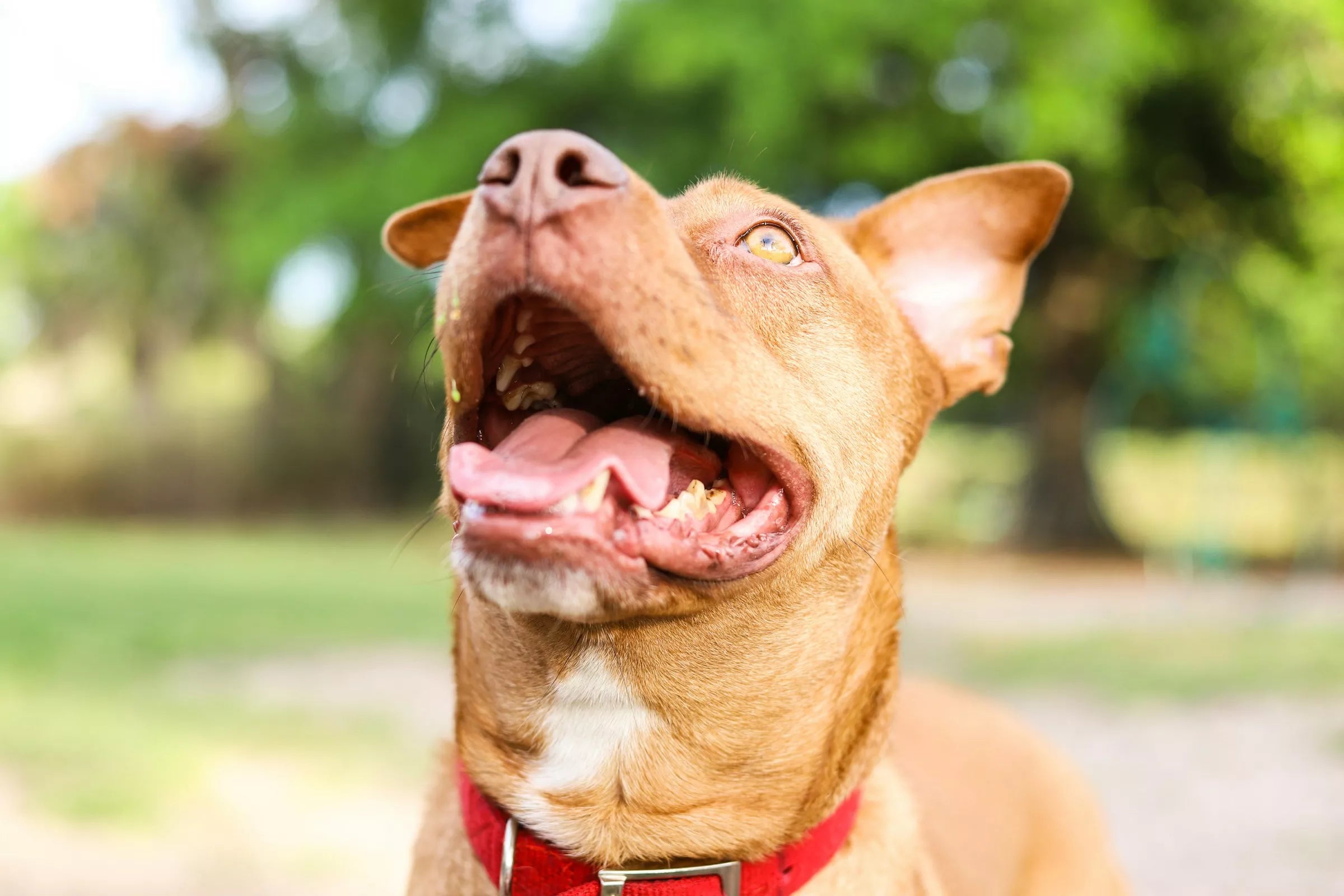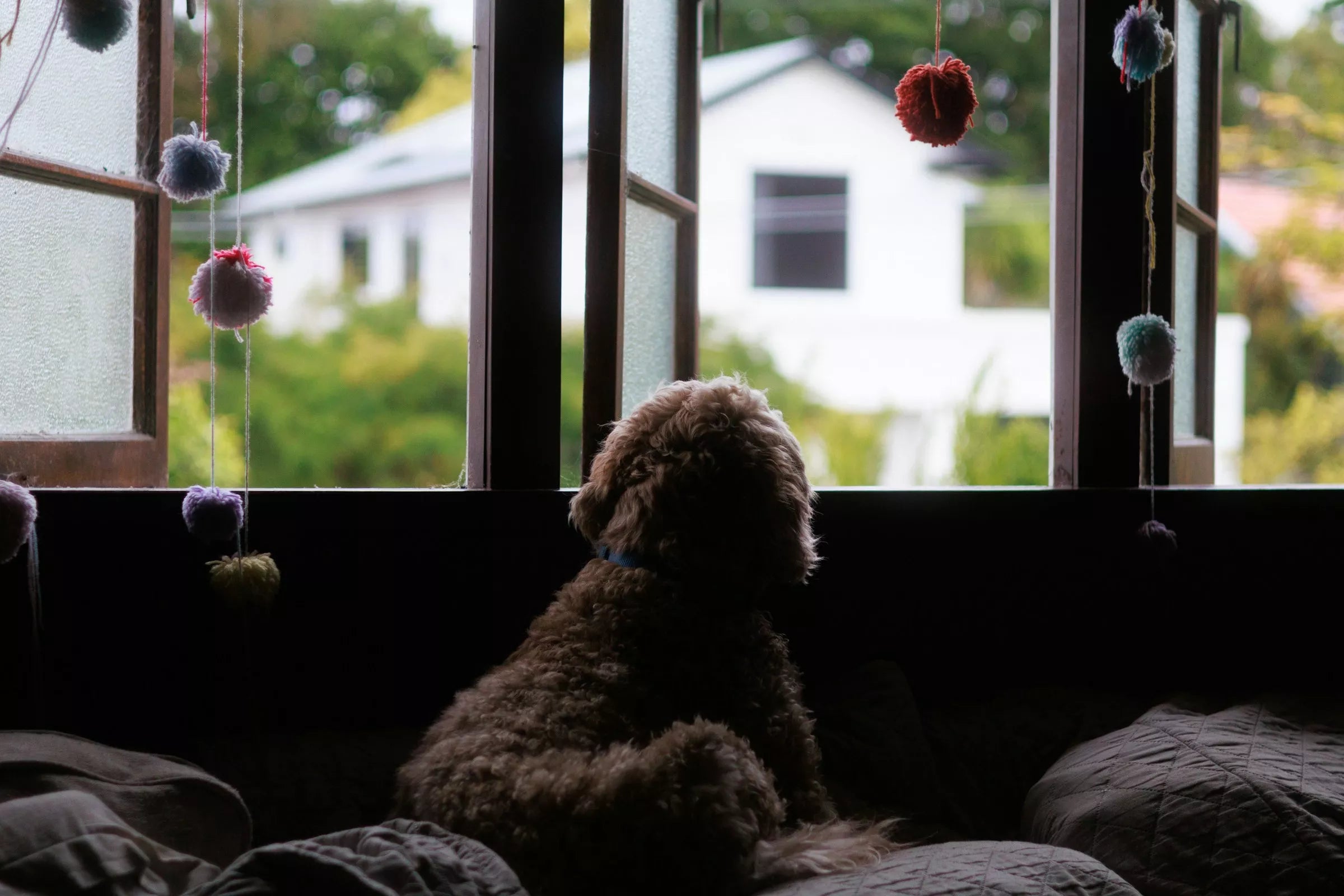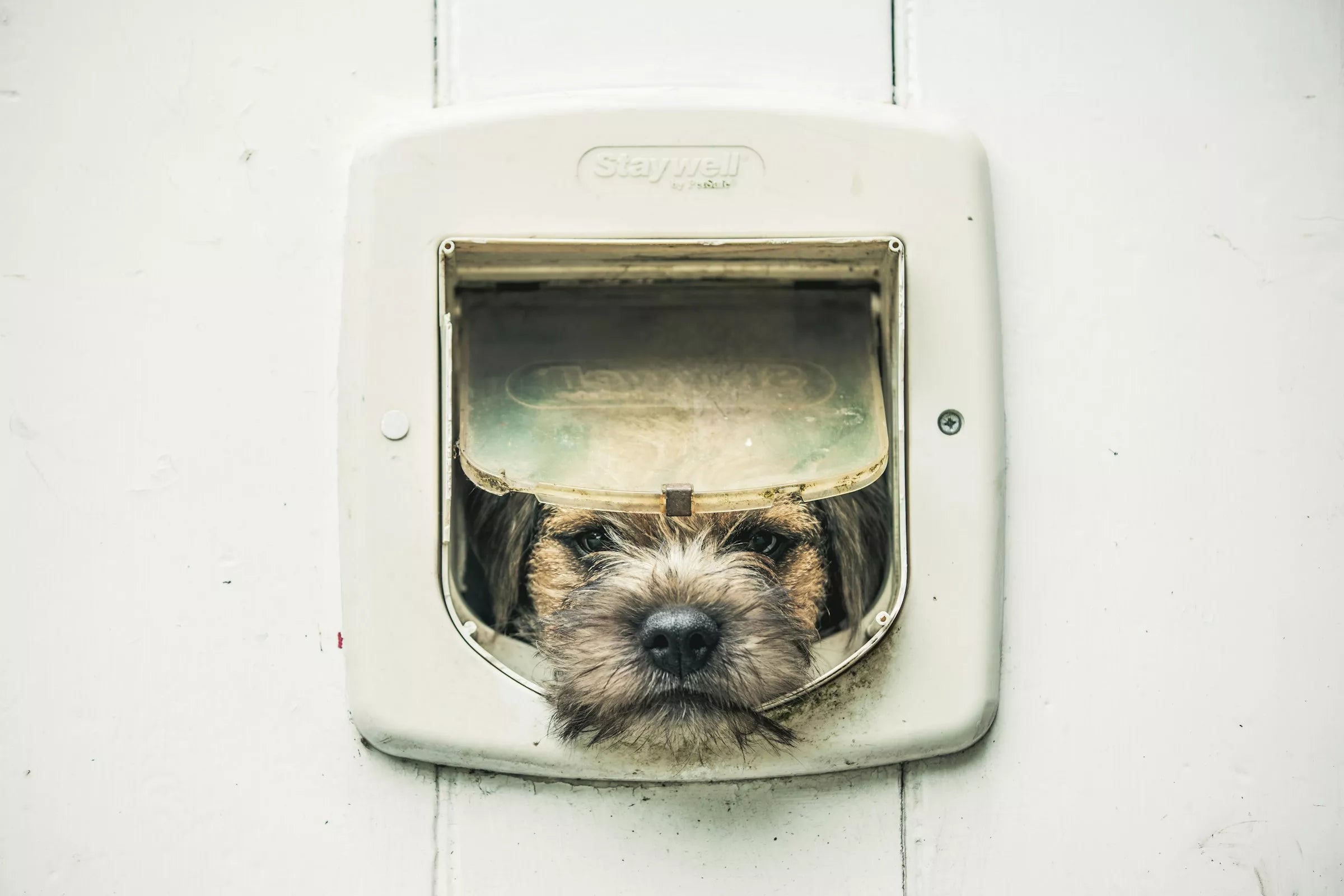Introduction
Moving to a new home is a big deal, not just for you but for your furry friend as well. As a loving dog parent, you want to make sure your pup feels comfortable and safe in their new environment. After all, your dog might not understand why everything smells different, why their favorite spots are gone, or why the routine has changed. But don’t worry! With a little patience, love, and these five helpful tips, you can make the transition easier for both of you.
1. Create a Safe Space for Your Dog

The first thing you’ll want to do is create a cozy, familiar spot in your new home where your dog can feel secure. This space will be your dog’s retreat when they need a break from all the newness. It could be a quiet corner in the living room, a spot in your bedroom, or even a dedicated pet room if you have the space.
Fill this area with their favorite things—beds, blankets, toys, and anything else that carries the comforting scent of your old home. Dogs rely heavily on their sense of smell, so having these familiar items around can really help them feel grounded. Don’t forget to keep their water and food bowls in this area, too, so they know where to go when they need nourishment or hydration.
2. Maintain a Consistent Routine

Dogs thrive on routine. It gives them a sense of predictability and security, which is especially important in a new environment. Try to stick to the same schedule you had in your old home—meal times, walks, playtime, and even bedtime.
If you used to take morning walks before breakfast, keep that going. If you usually had a play session in the evening, make sure to include it in your new routine. The more consistency you can provide, the less stressed your dog will feel. If changes to the routine are unavoidable, introduce them slowly so your dog can adapt over time without feeling overwhelmed.
3. Spend Quality Time Together

Your dog will likely look to you for comfort and reassurance during this transition. Spending extra time together can do wonders for easing their anxiety. Whether it’s cuddling on the couch, playing fetch in the backyard, or simply sitting together in their safe space, your presence will help them feel more at ease.
Keep an eye out for signs of stress, like excessive panting, whining, or pacing, and take these as cues to provide extra love and attention. Sometimes, just being near you can make all the difference for your dog.
4. Introduce the New Environment Gradually

Instead of overwhelming your dog by showing them the whole house at once, introduce them to the new environment slowly. Start with one room—perhaps their safe space—and let them explore it at their own pace. Once they seem comfortable, gradually allow them access to more areas of the house.
When it comes to the outdoors, take them on short walks around the yard or neighborhood. Let them sniff and explore, but don’t push them to cover too much ground at once. The key is to let your dog get used to their new surroundings gradually, so they can build confidence without feeling overwhelmed.
5. Be Patient and Understanding

Adjusting to a new home takes time, and every dog is different. Some might settle in quickly, while others may need more time and reassurance. It’s important to be patient and understanding during this period.
Look out for signs of anxiety, such as changes in appetite, bathroom habits, or sleep patterns. These behaviors are normal and usually temporary, but if they persist, it might be worth consulting your vet for additional advice.
Above all, shower your dog with love and let them know that, no matter where you are, you’re still their family. With time, patience, and plenty of positive reinforcement, your dog will begin to feel at home in their new surroundings.
Conclusion
Moving to a new home is an exciting chapter for both you and your dog, but it can also be a little stressful. By creating a safe space, maintaining a consistent routine, spending quality time together, introducing the new environment gradually, and being patient and understanding, you can help your dog adjust smoothly. Remember, this transition is a journey for both of you, and with a little extra care and love, your dog will soon feel right at home.
FAQs
How long does it typically take for a dog to adjust to a new home?
It varies from dog to dog. Some may start feeling comfortable in a few days, while others might take a few weeks or even months. Patience is key.
What can I do if my dog seems particularly anxious in the new home?
Try spending more quality time together, sticking to routines, and creating a calm environment. If anxiety persists, consider consulting your vet for additional support.
Should I introduce my dog to the whole house at once or one room at a time?
It’s usually best to start with one room and gradually introduce your dog to more areas of the house. This helps them feel less overwhelmed.
How can I help my dog adjust if I have to change their routine?
Make changes slowly and try to keep some elements of their old routine. For example, if you change mealtimes, keep the walk times the same.
What are some signs that my dog is starting to feel at home?
Signs include relaxed body language, normal eating and sleeping patterns, and a willingness to explore their new environment.















Share:
3 Ways to Help Your Dog Overcome Separation Anxiety
5 Tips for Keeping Your Dog’s Paws Healthy Year-Round